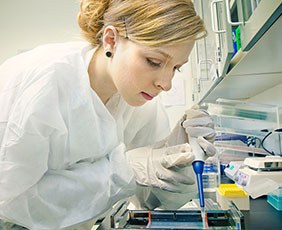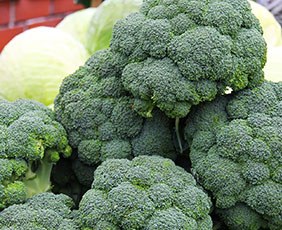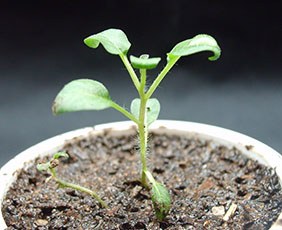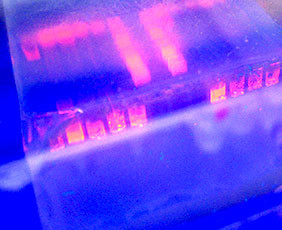Bringing Biotech to Life
An Educational Resource for Grades 7-10
Projects

Brought to you by The American Farm Bureau Foundation for Agriculture in partnership with the International Food Information Council Foundation.


One: What is DNA?
Students will be able to:
- Identify the primary components in a DNA structure.
- Describe the role of DNA in trait inheritance.
Three: What is Selective Breeding?
Students will be able to:
- Define selective breeding.
- Describe how selective breeding changes a population over time.
Four: What is Biotechnology?
Students will be able to:
- Define biotechnology.
- Identify how biotechnology can help the environment.
- Identify how biotechnology can improve our food supply.
Five: How is Biotechnology Used?
Students will be able to:
- Identify specific ways biotechnology can improve food nutrition, safety, and quality.
- Identify specific ways biotechnology supports social, economic, and environmental sustainability.
- Identify specific ways biotechnology helps to meet the increasing needs of the world’s growing population.
Six: How do Researchers Compare Data?
Students will be able to:
- Demonstrate knowledge of the gel electrophoresis process.
Seven: Where Would we be Without “GMOs”?
Students will be able to:
- Describe how crops are genetically modified.
Eight: Where is Biotechnology Headed?
Students will be able to:
- Compare and contrast gene editing and genetic engineering.
Final Project
Students will be able to:
- Distinguish between fact and opinion.
- Use a credibility checklist tool to evaluate online media.
- Analyze information gathered or provided and categorize it as fact or opinion.
- Form an opinion on biotechnology, genetic engineering, and labeling foods from genetically engineered ingredients using the information gathered.
- Write an essay expressing their opinions using correct form, grammar, and spelling.



















